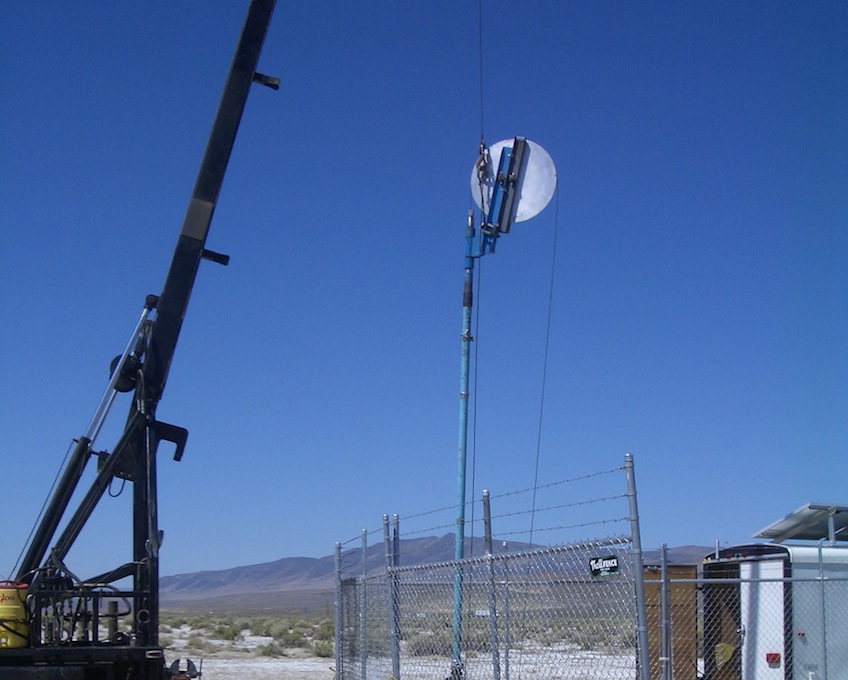CO2 emitted from the combustion of fossil fuels has long been an environmental issue, it represents 84 percent of U.S. greenhouse gas emissions, according to a 2010 analysis by the Environmental Protection Agency. Officials see capturing CO2 emitted by industrial producers like power plants as one possible tool in the fight against climate change. The technique, called carbon capture and sequestration, pumps the captured greenhouse gas into cavities up to two kilometers below the Earth’s surface.
“The concern with fossil fuels is the potential for global warming,” says Dr. William Challener, a physicist and the leader of the team creating the sensors at GE Global Research. “Pumping CO2 underground could be one of the least expensive ways to sequester it. We’re trying to give researchers the tools to see if this approach is viable for long-term storage.”
But for carbon capture technologies to be successful, people have to be confident that it will stay underground. Monitoring and verification are key and that’s where the sensor technology comes in.
Extreme pressure and heata two-year, $1.2 million joint venture between the Department of Energy’s National Energy Technology Laboratory and GE seeks to create a multi-point sensing system that will be spliced along the length of a fiber optic cable. Work is expected to begin in January. Sensors will need to keep operating at temperatures of 250 degrees Celsius and pressures up to 10,000 pounds per square inch (psi) to survive the harsh environment in the caverns.
Challener’s team has already developed a single sensor system designed for temperatures as high as 374 degrees Celsius and pressures of 3,000 psi. Their hurdle for this project is figuring out how to string a number of sensors along a cable to independently monitor different locations in the sequestration well and cavity. The devices also will need to resist corrosion, since pressurized CO2 mixed with water creates carbonic acid. Since the systems will be positioned within the containment cavities, the researchers need to show that the monitors can withstand extreme conditions for 20 years.
A CO2 sensor connected to a fiber optic cable is lowered into a Nevada geothermal well as part of a new CO2 sequestration monitoring system. Courtesy GE.
“We want the cable to lie along the length of the cavity and tell us if we have a loss of pressure or a pressure differential,” Challener says. “There are all sorts of data we can gather about the stability of underground storage. We want to make sure no CO2 leaks out.”
To make something that can stand up to the challenge, the team is looking at a range of inert steel alloys. When the sensors are made, they will go through an accelerated aging test that will approximate a 20-year deployment in the harsh conditions.
The group will build the system to wirelessly communicate conditions in the cavern to offsite monitors so that personnel will not have to be stationed at the storage well.
Besides helping to contain climate change, Challener says the sensor they eventually produce will have a number of applications in GE’s other businesses. “There are lots of opportunities for pressure sensors in harsh environments,” he says. “Along with storing CO2, we could use this in geothermal, oil and gas wells, jet engines and turbines.”
Originally appeared in Ecomagination.





Comments